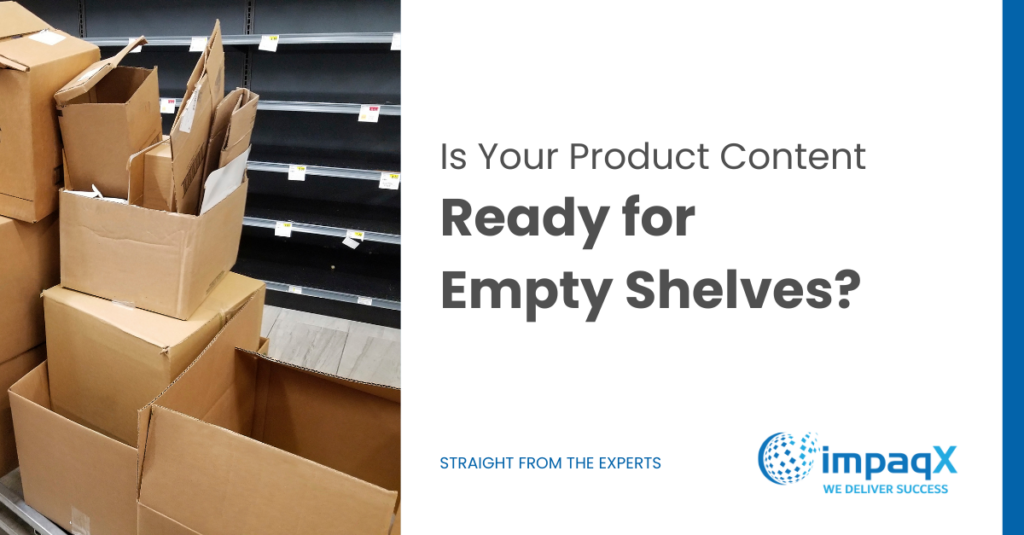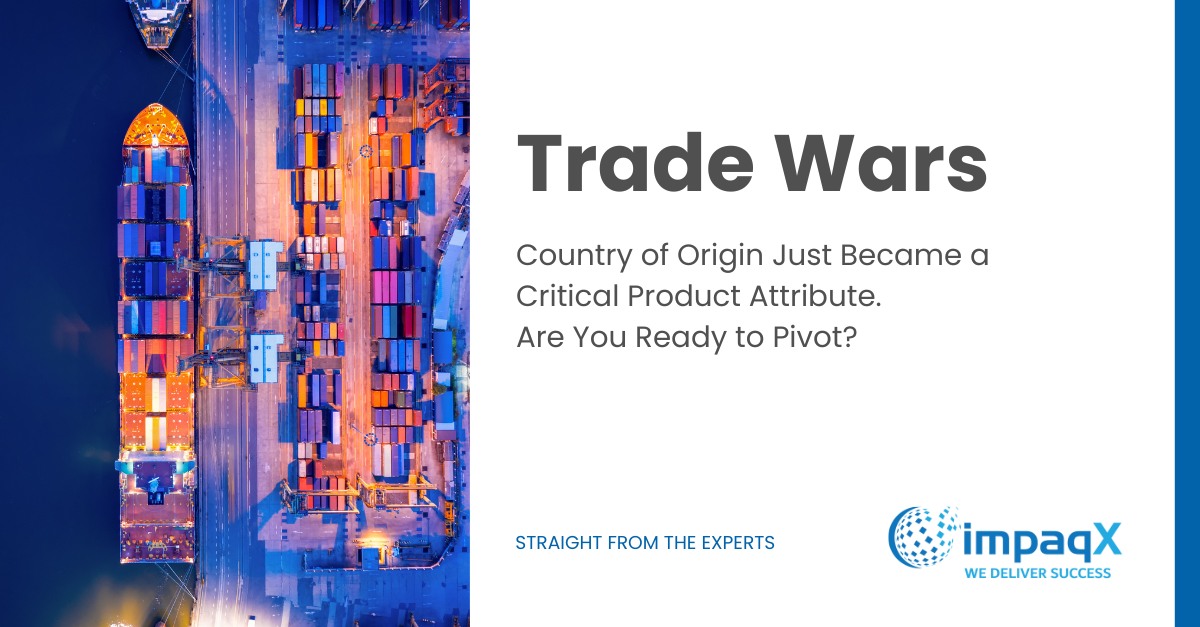Product Information Management (PIM) Insights

Troy Sample
Vice President of Sales
With U.S. imports down significantly, we’re likely to see product shortages and empty shelves this summer—and potentially beyond. That won’t just affect consumer goods. B2B purchasing patterns are about to shift, too.
Roughly 80% of B2B purchases are repeat buys, especially in industrial distribution, MRO, and construction. But what happens when those repeat SKUs are suddenly out of stock?
When Repeat Buys Break Down, Content Becomes the Differentiator
Buyers will be forced to evaluate new products—products they haven’t bought before, products they don’t trust yet. And when that happens, they need deeper, more complete product content to make confident decisions.
Unfortunately, the depth and accuracy of content on distributor product detail pages (PDPs) varies widely, particularly in technical verticals. That’s where product sheets play a critical role. These documents provide the full specification detail that engineers, purchasers, and compliance teams rely on when the stakes are high.
But here’s the problem:
- Many product sheets are outdated—or missing altogether.
In fact, it’s not uncommon to find product sheets that haven’t been updated in a decade. And even for companies that have modern PIM tools, product sheet automation often lags behind other content priorities.
Why It Happens: The Root Causes
Several factors contribute to the disconnect:
- Lean marketing teams are the norm in industrial sectors.
- Automation adoption for product content in manufacturing, MRO, and construction hovers around 40–50%, far behind retail (~80%).
- Even where automation exists, product sheets are often overlooked or handled manually.
- Manual updates are labor-intensive, and publishing changes across all sales channels is daunting.
The Productivity Cost of Manual Maintenance
At impaqX, we estimate it takes the equivalent of 1.33 full-time employees to maintain a product sheet library of just 1,000 SKUs. That’s over $200,000 in cross-functional productivity, involving at least four different roles—and that doesn’t include the time it takes to syndicate updates to every distributor and eCommerce channel.
This is why automating product sheet creation, updating, and syndication is rapidly becoming a top priority for manufacturers and content teams. We expect to see major investments in this area over the next 6–12 months.
What’s Most Likely to Be Out of Date?
If your product sheets aren’t updated regularly, these are the most common attributes that drift:
- Specifications and technical values
- Certifications and compliance standards
- Country of Origin
- Material composition
- Dimensions or form factor
- Discontinued SKUs or replacements
- Product images and diagrams
- Safety warnings or usage instructions
- Warranty information
- Associated accessories or compatible products
- Branding
Some of these attributes—especially compliance, country of origin, and substitutions—can change frequently and quietly, which means you may be exposing your customers to risk without knowing it.
The Opportunity in Uncertainty
In a constrained supply market, buyers are actively searching for trusted replacements. If you have inventory, now is your chance to stand out—but only if your product content earns their confidence.
Outdated content is no longer just a missed opportunity—it’s a liability. The brands and distributors who invest in accurate, accessible, and up-to-date product sheets will win the trust (and the orders) of buyers navigating uncertainty.
It’s your time to shine. Make sure your product content helps you shine the brightest.
LinkedIn
Facebook
X (Formerly Twitter)


